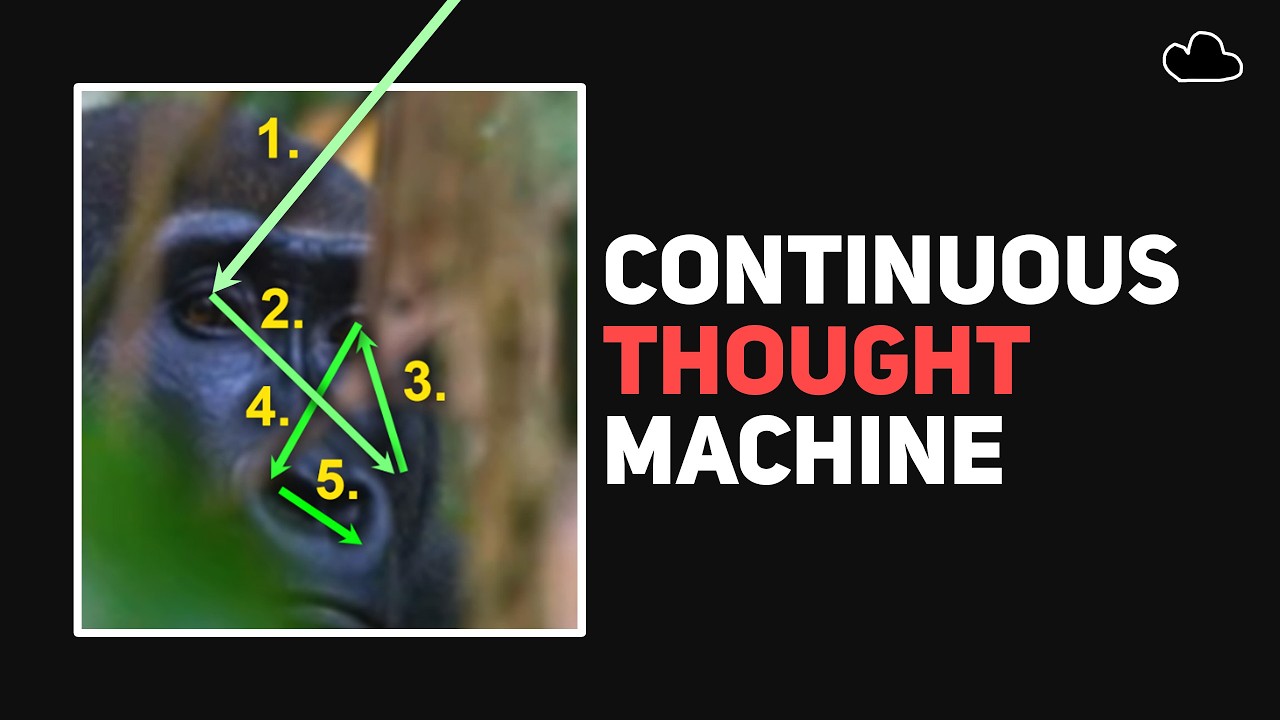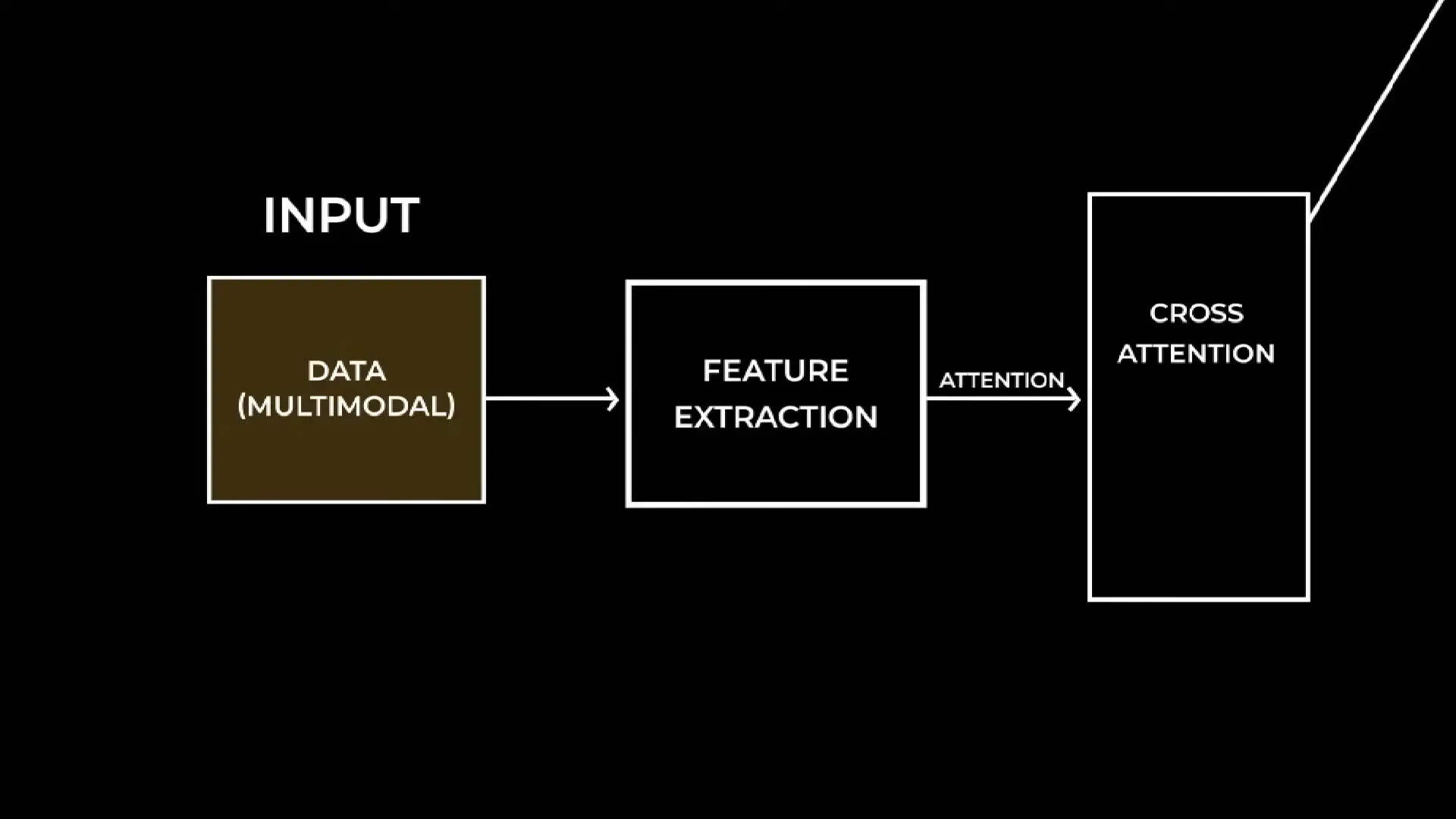
The field of neuromorphic computing has taken a significant leap forward with Sakana AI's groundbreaking research paper introducing the Continuous Thought Machine (CTM). This innovative neuromorphic architecture addresses one of the most fundamental limitations in current AI systems: the inability to perceive time. By incorporating an internal clock mechanism inspired by biological neural processes, CTM represents a paradigm shift in how artificial intelligence systems process information and solve complex problems.
The Biological Inspiration Behind Neuromorphic AI
Unlike conventional AI models that operate with static activation functions, CTM introduces a biologically-inspired approach to artificial intelligence. The model's design mimics how actual neurons in biological brains process information over time, creating a more dynamic and adaptable system. This neuromorphic computing architecture allows the AI to develop internal representations of problems that evolve as it "thinks" through multiple processing steps.
What makes CTM particularly remarkable is its ability to improve accuracy with extended processing time. Similar to how humans often arrive at better solutions when given more time to think, this neuromorphic AI model demonstrates increasing precision as its internal clock continues to tick. This represents a fundamental shift from traditional AI approaches toward more brain-like computation methods.
Impressive Capabilities of the Continuous Thought Machine
While still in its early stages, CTM has already demonstrated impressive capabilities that highlight the potential of neuromorphic artificial intelligence. Some of its most notable achievements include:
- Solving 2D mazes directly from raw images without positional hints
- Generalizing maze-solving capabilities to larger, more complex environments
- Building internal spatial representations similar to a world model
- Examining different parts of an image sequentially before making decisions
- Improving accuracy progressively as thinking time increases
What makes these accomplishments particularly impressive is that the model achieves them without explicit positional information, instead relying on its internal neural timing mechanisms to navigate and understand spatial relationships.

The Architecture of Neuromorphic Computing in CTM
The Continuous Thought Machine employs a complex but elegant architecture that diverges significantly from traditional neural networks. At its core, CTM consists of multiple artificial neurons that operate with temporal awareness, allowing the system to process information across time rather than just in static snapshots.

Key components of the CTM neuromorphic architecture include:
- Input Processing: A flexible feature extractor that can handle various data types (images, text, etc.)
- Synapse Model: Facilitates communication between neurons by combining input attention with previous neuron activations
- Neuron Level Models (NLMs): Individual processing units that maintain a history of activations
- Internal Clock: Provides a timing mechanism that allows the model to track its thought process over multiple steps
- Synchronization Mechanism: Evaluates relationships between neuron pairs to create meaningful representations
Unlike traditional neural networks that process information in a single forward pass, CTM's neuromorphic approach allows for multiple processing steps or "ticks" of its internal clock. With each tick, the model refines its understanding and improves its predictions, similar to how biological brains process information over time.
The Neuron-Level Processing in Neuromorphic AI
One of the most innovative aspects of CTM's neuromorphic computing architecture is its approach to neuron-level processing. Each artificial neuron in the system maintains a memory of recent activations, allowing it to respond not just to current inputs but to patterns of activity over time.

This temporal processing capability enables CTM to exhibit complex behaviors that are difficult to achieve with traditional neural networks:
- Sequential attention patterns that examine different aspects of a problem over time
- Improved decision-making as the system "thinks" longer about a problem
- Emergent spatial awareness without explicit positional encoding
- Dynamic adaptation to complex patterns that evolve over time
The Significance for Neuromorphic Computing Research
While CTM may not yet achieve state-of-the-art performance on all benchmarks, it represents a significant advancement in neuromorphic artificial intelligence research. By successfully implementing a biologically-inspired approach to temporal processing, Sakana AI has opened new avenues for developing AI systems that more closely mimic the functioning of biological brains.
The implications for neuromorphic computing extend beyond academic interest. Systems that can process information temporally and build internal representations of problems could potentially excel at tasks that require reasoning over time, spatial navigation, and complex decision-making in dynamic environments.
Future Directions for Neuromorphic AI Development
As neuromorphic computing continues to evolve, we can expect several promising developments building on CTM's foundation:
- More efficient implementations that scale to larger problems and datasets
- Integration with other AI architectures to combine the strengths of different approaches
- Applications in robotics and embodied AI where temporal processing is crucial
- Exploration of more complex biological mechanisms that could further enhance AI capabilities
- Development of specialized hardware accelerators optimized for neuromorphic computing models
Intel has been a pioneer in neuromorphic computing hardware with its Loihi chips, and advances like CTM could potentially influence the next generation of specialized AI processors designed to efficiently run temporally-aware neural networks.
Conclusion: A New Chapter in Neuromorphic Artificial Intelligence
Sakana AI's Continuous Thought Machine represents a fascinating step toward more brain-like artificial intelligence systems. By incorporating temporal awareness and dynamic processing capabilities, CTM demonstrates how neuromorphic computing architectures can approach problems in fundamentally different ways than traditional AI models.
While still in its early stages, this research points to a future where AI systems might process information in ways that more closely resemble biological cognition—thinking over time, building internal models, and improving with extended consideration. As the field of neuromorphic AI continues to advance, we may see increasingly sophisticated systems that bridge the gap between artificial and biological intelligence.
Let's Watch!
Breakthrough in Neuromorphic AI: Sakana's Time-Aware Neural Model
Ready to enhance your neural network?
Access our quantum knowledge cores and upgrade your programming abilities.
Initialize Training Sequence